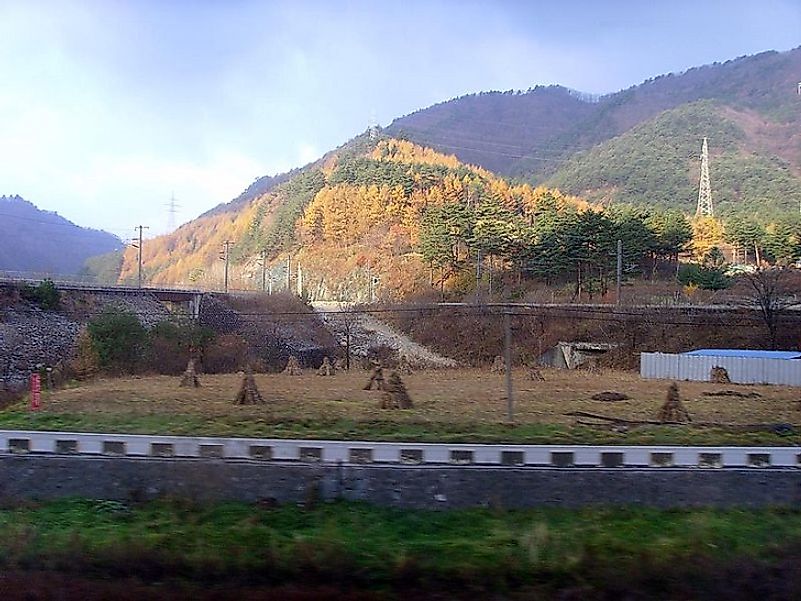Battle Of Bloody Ridge - Korean War

5. Background
The Battle of Bloody Ridge was an engagement of the Korean War fought between August 18th and September 5th of 1951. Bloody Ridge was part of a system of outposts constructed on top of the Taebaek Mountain range, north of the 38th Parallel border that divided both Koreas, and gave the Chinese forces occupying them an excellent observation post from where to call artillery strikes against United Nations' (UN) positions. The UN attack at bloody ridge was part of a series of operations intended to secure their defenses by depriving the Chinese from observations points overlooking the UN's main line of resistance.
4. Makeup
The forces defending Bloody Ridge consisted of some 15,000 North Korean and Chinese soldiers, who were well-entrenched around the hill, and had had time to set up a complicated system of defenses covering the approaches to the summit of the ridge. The task on capturing the hill fell on the United States 2nd Infantry Division which was commanded by General Clark L. Ruffner, who also count upon Filipinos and the South Korean 36th Regiment as additional reinforcements. Ruffner could also call air support to help him destroy the Chinese bunkers on top of the hill.
3. Description
The Chinese had built deep bunkers inside of the hill that were capable of resisting the American bombardment, and they had set up a network of minefields to cover the most favorable approaches to the summit, and to channel the attacking forces into sites with prearranged artillery fire. The UN used air and artillery attacks to soften up the enemy's defenses but they had a limited effect against the Chinese bunkers who protected them from anything but the Americans' 155-millimeter guns. The UN also used tanks to spearhead their attacks and diminish the danger for the attacking infantry. The battle was commenced with the South Korean 36th Regiment capturing most of the hill after a week of continuous fighting but then loosing these gains to a determined North Korean counterattack. The 9th Infantry Regiment made the next attack against the hill and after ten days of fighting back and forth they were able to capture one of its objectives.
2. Outcome
The 2nd Division continued attacking with its other regiments until the communists retreated in defeat on September 5th , after having suffered almost their entire number of casualties between dead and wounded. The United Nations combined forces reported having suffered 2,700 casualties during the attack. With around 8,000 of their own men killed and 7,000 more wounded, the Communists saw virtually each and every one of their servicemen involved in the battle become a casualty.
1. Significance
Bloody Ridge marked the start of a new phase of the Korean War. Behind were the great mobile campaigns that took armies from one end to the peninsula to the other. Now both armies entrenched themselves and fought fiercely over valuable features of terrain that overlooked the enemy's defenses and supply routes. Bloody Ridge signaled the abandonment of the commitment to looking to gain total victory, and instead settling to fight a war of attrition that had more in common with the trench warfare from WWI than anything from the still fresh memories of WWII. The Chinese and North Korean leaders’ refusals to retreat under any circumstance and the United States overwhelming and unmatched aerial support left the Communists sitting ducks on the ridge.







